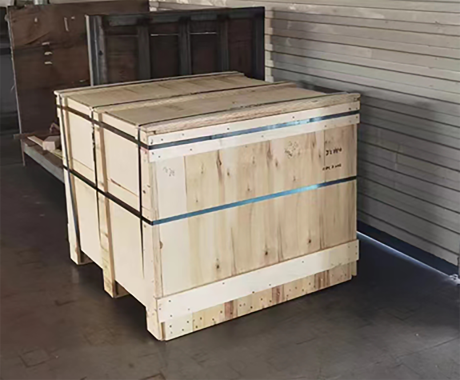

Laminated Insulated Glass Units Enhancing Energy Efficiency and Safety in Modern Architecture
In today’s architectural landscape, the demand for energy-efficient and safe building materials has never been higher. One of the most innovative solutions to meet these needs is the laminated insulated glass unit (LIGU). As buildings become more sophisticated in design and more demanding in performance, laminated insulated glass units are increasingly recognized for their ability to combine aesthetic appeal, energy efficiency, and enhanced safety features.
What is Laminated Insulated Glass?
Laminated insulated glass is a composite glass material that combines several layers of glass with interlayers and insulating properties. Typically composed of two or more panes of glass bonded together by a layer of interlayer material—usually polyvinyl butyral (PVB)—LIGUs not only enhance thermal performance but also provide a range of benefits, including sound insulation and increased safety.
Energy Efficiency
One of the main advantages of laminated insulated glass units is energy efficiency
. They create a thermal barrier that helps maintain a stable indoor temperature, reducing reliance on heating and cooling systems. By using low-emissivity (Low-E) coatings and inert gas fillings like argon or krypton between the panes, LIGUs significantly minimize heat transfer, keeping buildings cooler in the summer and warmer in the winter. This not only reduces energy consumption but also lowers utility bills and contributes to a more sustainable environment.Safety Features

In addition to energy efficiency, laminated insulated glass offers enhanced safety features. The laminated layer acts as a strong bond, holding the glass pieces together even when shattered. This characteristic is crucial in situations where safety is a priority, such as in schools, hospitals, and commercial buildings. The glass remains in place, preventing injuries and reducing the risk of break-ins. Furthermore, the sound-dampening properties provided by the laminated layers help in creating a quieter indoor environment, shielding occupants from external noise.
UV Protection
Laminated insulated glass also provides a level of UV protection, blocking up to 99% of harmful ultraviolet rays. This feature is particularly beneficial for interior spaces that house artwork, furnishings, or sensitive materials that might be damaged by prolonged exposure to sunlight. By incorporating LIGUs into windows, architects and builders can protect interior investments while still allowing ample natural light to enter the space.
Aesthetic Versatility
From an aesthetic perspective, laminated insulated glass units offer architects a wide range of design possibilities. They can be produced in various thicknesses, colors, and finishes, enabling creative flexibility across different architectural styles. This versatility allows for the integration of LIGUs into a variety of building types, whether residential, commercial, or institutional, ensuring that they can meet both functional and visual needs.
Conclusion
In summary, laminated insulated glass units represent a cutting-edge solution for modern architectural challenges. By combining energy efficiency, safety, UV protection, and aesthetic versatility, LIGUs address the contemporary needs of both builders and occupants. As sustainability and safety continue to gain prominence in construction and design, it is clear that laminated insulated glass will play an essential role in shaping the future of architecture. By investing in this innovative technology, we can create spaces that are not only visually appealing but also practical and environmentally responsible. The integration of laminated insulated glass units is indeed a step towards smarter and safer buildings for the future.